I have so many memories and adventures wrapped up in the 36sq m (388sq ft) that is 56 Eugene Street, Dublin 8. There was the time we took beanbags up a ladder to the roof to drink fizz and watch the sun go down; there are views from Christ Church to the Guinness Storehouse, all the way to the mountains.
There was the dinner where I hadn’t yet worked out the oven, and accidentally grilled the entire meal. Or the time I had just moved in, and a neighbour bought me over a can of paint. He clearly hadn’t been crazy about the dark green walls of my predecessor either. Or when another neighbour, from farther down the street, turned up with a brown paper bag of DVDs, but blushed to the roots of his hair when he realised he’d grabbed the wrong bag. “Not my sort of movie,” I’m afraid, I said.
Most of all, I've loved the quiet nights in by the fire, knowing the city is on the doorstep. Eugene Street is an incredibly peaceful cul-de-sac in the heart of Dublin 8 and number 56 is one of the Dublin Artisan Dwelling cottages. Built at the turn of the last century, these single-storey terraces were designed for healthier living when tuberculosis was rampant in the city's tenements. Reports show incidences of the disease falling by 60 per cent as people were rehoused. The 1911 census lists a family of six living in my house, and that's before they built the bedroom extension over the backyard, which was the only outside space belonging to it.
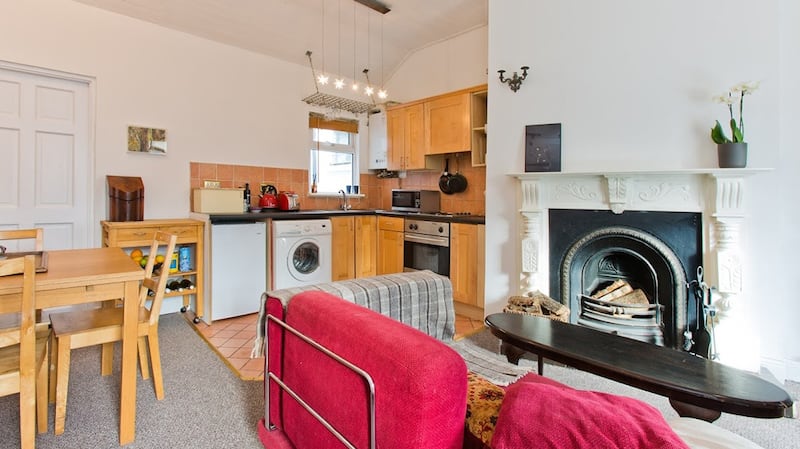
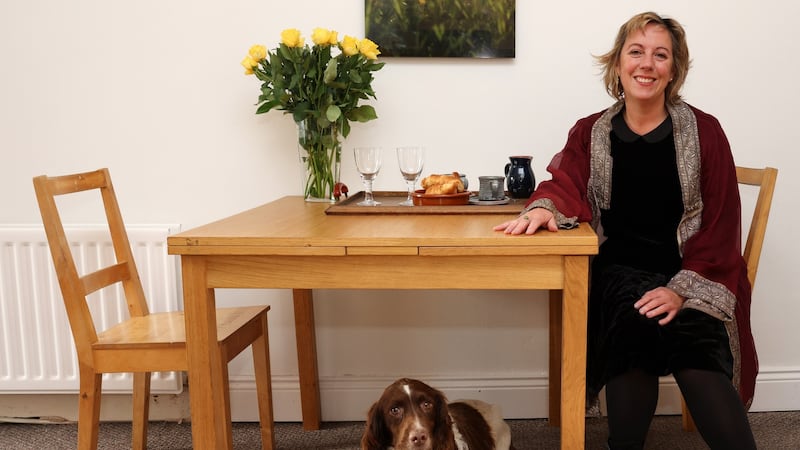
If these streets were in London or Paris, they’d be feted as the ultimate in chic urban living and have preservation orders slapped on them. But as this is Dublin, and we have a legacy of not prizing good things until it’s too late, they’re in varying states of repair. It’s fascinating to see what people have done with them. Some have gone up into the roof to add a second bedroom, but as I love the height, and the space to hang my bicycle (on a cool winch thing that is also handy for drying clothes), that option still remains here.
The area has changed and is changing still. I remember being so excited that a Lidl was coming to Cork Street. When it opened just around the corner (I have stayed in hotels where it’s a longer walk to the bar), it was like having an enormous additional cupboard and fridge. The canal is on the doorstep and the Luas too. There are lovely coffee shops down the road – including the secret spot tucked into Plant Life or, farther down, the super-cool Two Pups and Liberty Kitchen on Francis Street. Then there are the pubs and restaurants (Fallon’s is a favourite) – all in walking distance.
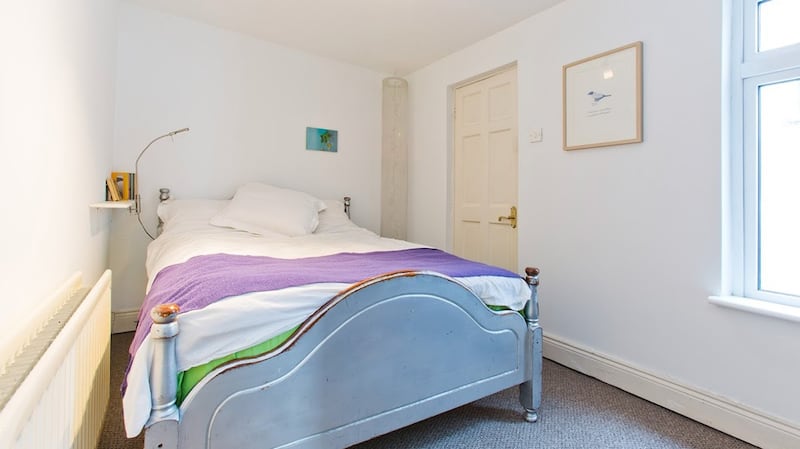
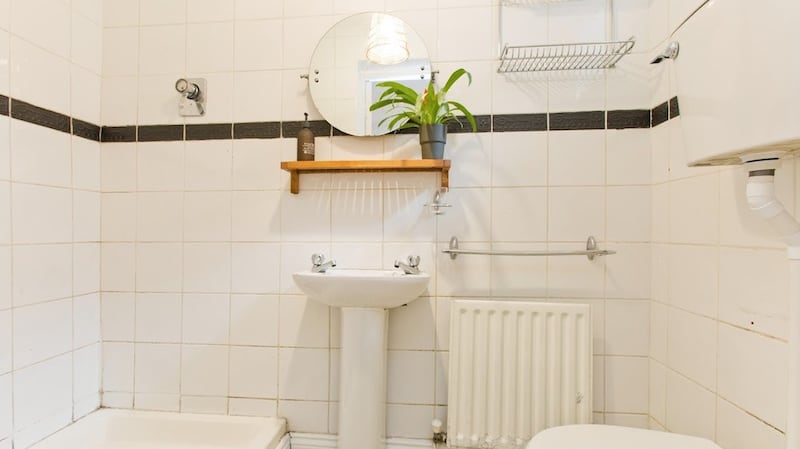
I always wanted to live in a house rather than an apartment. A house means you can extend up or down, if you can’t spread out; and you’re not victim to the vagaries of management fees. But I also grew up at a time when it was still possible to believe that you could decide where you wanted to live, and then buy a house there. That’s changed, of course, and when I did get round to buying, my visions of somewhere charming by the sea on the Dart line were shunted off into the world of dreams. That made me look beyond the obvious and I found this spot. As it turned out, l loved it. Now 15 years on, why am I moving?
Lately, lockdowns notwithstanding, I have been dividing my time between Dublin and Kinsale. Last year I had called architect Niall McCullough of McCullough Mulvin, for an article about how architecture might change because of Covid-19. McCullough, who died earlier this year, was one of the most brilliant, witty and wise people I have ever met. He was fascinated by the Dublin Artisan Dwelling cottages too, and we got to talking about how buildings can help you live well. As we spoke, I found myself thinking: if I could have a house imagined by anyone, it would be McCullough Mulvin. So, shyly, I asked him.

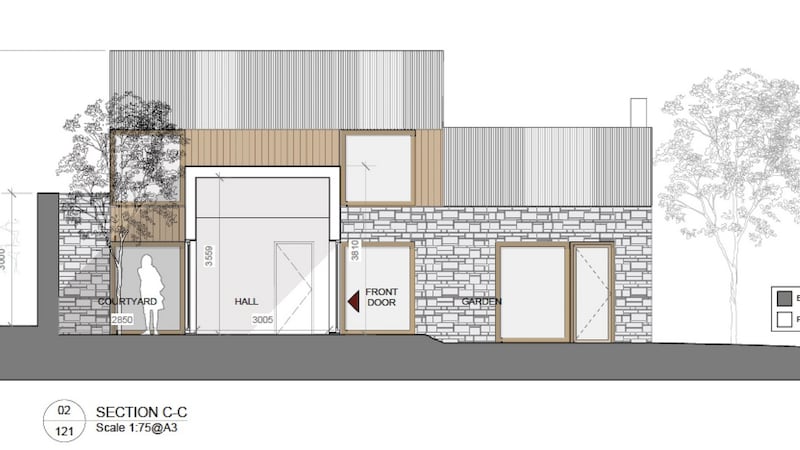
Now, more than a year later, Valerie Mulvin (equally brilliant and lovely to work with) and I are submitting the plans, shaped from his drawings for a conversion of a stone-cut shed beside my parents' house, for planning approval.
Another legacy of Covid-19 is the need I feel to be closer to the people who matter, and so it all seems to make sense. The house McCullough created rambles around a small courtyard, and going through the plans with Mulvin in my parents’ garden the other week, it’s full of his ideas about light and space, but most of all his deep love of old buildings, and how to let them live and breathe. So that’s why I’m selling – to make space for the next chapter, where hopefully we get planning, and someone new can discover the calm and the craic of living in a cottage right in the middle of the city.
Number 56 Eugene Street, which has a Ber of E2, is on the market through Sherry FitzGerald for €265,000.










